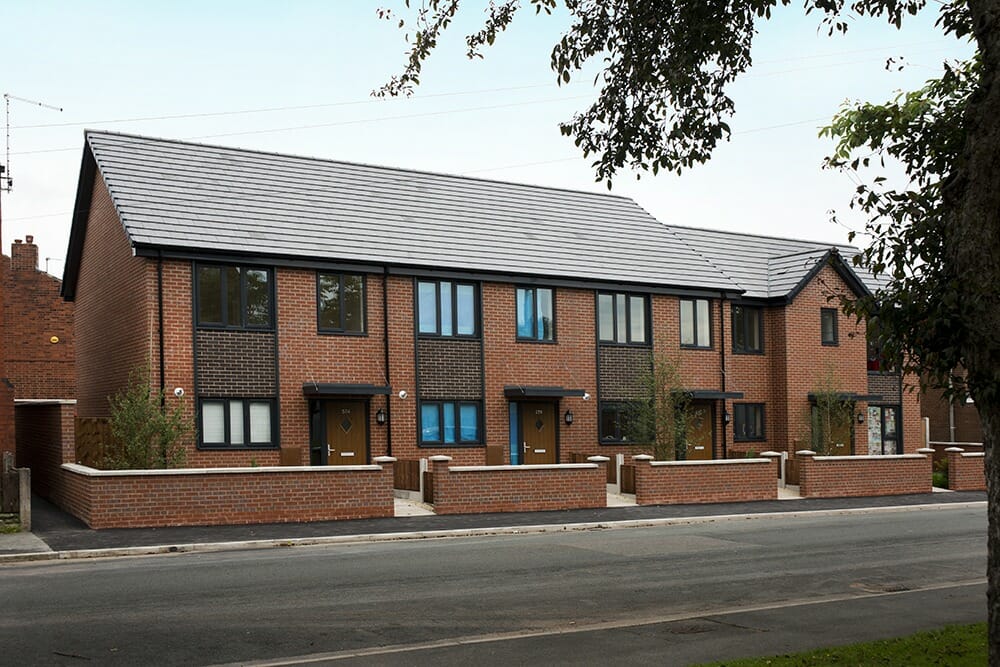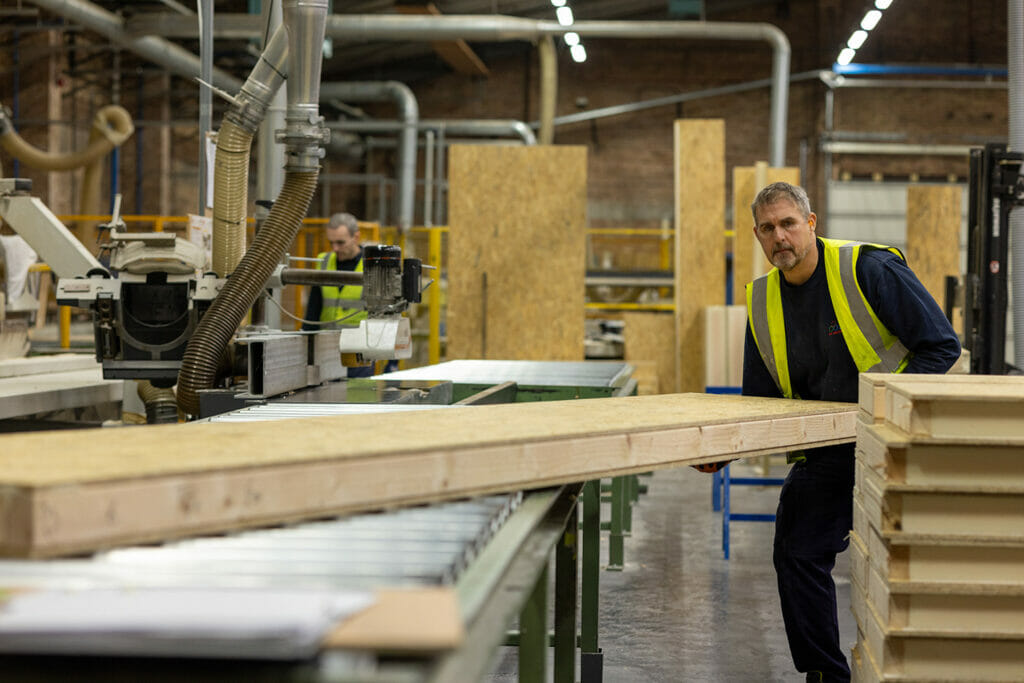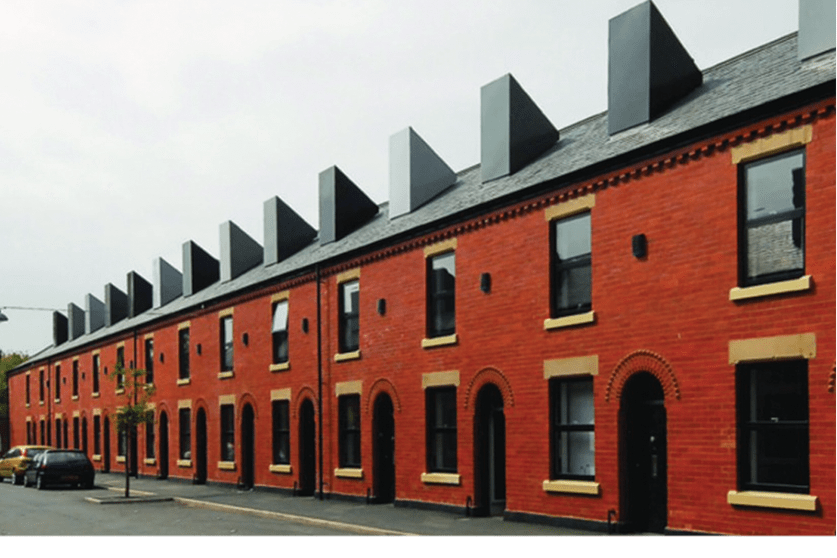
Flat-pack housing redefines the construction landscape, offering an innovative solution to traditional building challenges. Structural Insulated Panels (SIPs) are at the heart of this evolution, a technology that blends efficiency, precision, and sustainability.
This blog post will explore the journey of SIPs, from their manufacturing process to their role in the quick assembly of flat-pack homes, highlighting how they are the optimal choice for modern housing solutions.
The journey begins in our state-of-the-art, 38,000 sqft manufacturing facility where SIPs are crafted. These panels consist of an insulating foam core, SIPCO Sips are produced using a high-pressure foam-injected polyurethane core, sandwiched between two oriented strand boards (OSB).
The manufacturing process is highly precise, ensuring that each panel is fabricated to exact specifications. This precision is crucial as it guarantees that the panels will fit seamlessly when assembled on-site, a key factor in the efficiency of flat-pack houses
The exactness of the SIP manufacturing process plays a pivotal role in the construction of flat-pack homes. Each component of the house is pre-designed and fabricated to fit perfectly with the others. This level of precision not only speeds up the building process but also significantly reduces construction waste. Additionally, the tight seal formed by the interlocking SIPs enhances the building’s thermal efficiency, leading to lower energy costs and a more sustainable home.
One of the most significant advantages of SIPs is their ease of transport. Once manufactured, these lightweight yet durable panels are flat-packed and shipped to the construction site. This method of transportation is not only cost-effective but also reduces the carbon footprint associated with traditional building materials, which often require more complex and energy-intensive transport methods.
Upon arrival at the construction site, the true efficiency of SIPs comes to the forefront. These prefabricated panels are included in the flat-pack house kit, which is designed to be assembled quickly. Builders can erect the structure in a fraction of the time it takes to build using conventional methods. This speed is due in part to the precision of the SIPs; each panel is designed to interlock with the next seamlessly, eliminating the time-consuming process of measuring and cutting materials on-site.

SIPs stand out as the best option for flat-pack housing for several reasons. Firstly, their insulating properties are superior to traditional building materials, making homes more energy-efficient and comfortable. Secondly, the speed and ease of assembly reduce overall construction costs and time, a vital factor in today’s fast-paced world. Lastly, the precision and quality of SIPs ensure a durable, long-lasting home, making them an ideal choice for those looking for a reliable and sustainable housing solution.
The progression of flat-pack houses with Structural Insulated Panels (SIPs) represents a significant shift in residential construction, offering a solution to modern challenges like climate change and housing shortages.
Flat-pack houses with SIPs are at the forefront of eco-friendly construction. Their energy-efficient design reduces carbon emissions, contributing to the fight against climate change. The streamlined manufacturing and assembly processes also minimise waste, further enhancing their environmental benefits.
These homes can be rapidly assembled, presenting an effective solution to housing shortages. Their speed of construction means that housing demands, especially in densely populated areas, can be met more efficiently than with traditional building methods.
The cost-effectiveness of flat-pack houses makes them an accessible option for a wider demographic. Reduced construction time and efficient material use translate to lower overall costs, potentially transforming the housing market and improving accessibility to quality housing.

As we move forward, the integration of smart technologies and renewable energy systems in these homes is likely to enhance their efficiency and sustainability, making them a cornerstone of future residential construction.
Flat-pack houses with SIPs are not just a contemporary trend but a glimpse into the future of housing, offering sustainable, efficient, and affordable solutions for the challenges of our time.
The evolution of flat-pack houses with SIPs marks a significant milestone in the construction industry. From the meticulous manufacturing of the panels to their efficient transport and rapid assembly, SIPs are at the forefront of this transformative building method. They offer a glimpse into the future of housing – one that is sustainable, efficient, and attainable. As the world continues to seek solutions to housing crises and environmental challenges, SIPs and flat-pack homes stand as a beacon of innovative, forward-thinking construction.